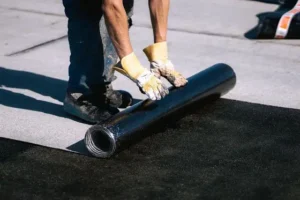When thinking about waterproof coatings, most people focus on moisture prevention. But these coatings can also play an unexpected role in enhancing a building’s energy efficiency — an angle worth exploring.
Water infiltration doesn’t just damage structures; it also affects insulation performance. Moisture can seep into walls and roofs, saturating insulating materials and reducing their thermal resistance. This means heating and cooling systems have to work harder, driving up energy consumption and utility costs.
By effectively sealing surfaces against water intrusion, waterproof coatings help maintain insulation integrity. This moisture barrier preserves the insulating properties of materials like foam, fiberglass, or cellulose, ensuring buildings stay warmer in winter and cooler in summer.
Additionally, some advanced waterproof coatings offer reflective properties or integrate with thermal barriers. These coatings can reflect sunlight and reduce heat absorption on exterior walls and roofs, further lowering the cooling load in hot climates.
Incorporating waterproof coatings into a holistic energy management strategy benefits building owners with lower energy bills, increased comfort, and extended lifespan of insulation systems. It’s a subtle but powerful way waterproofing contributes not just to protection, but to sustainability and cost savings.






